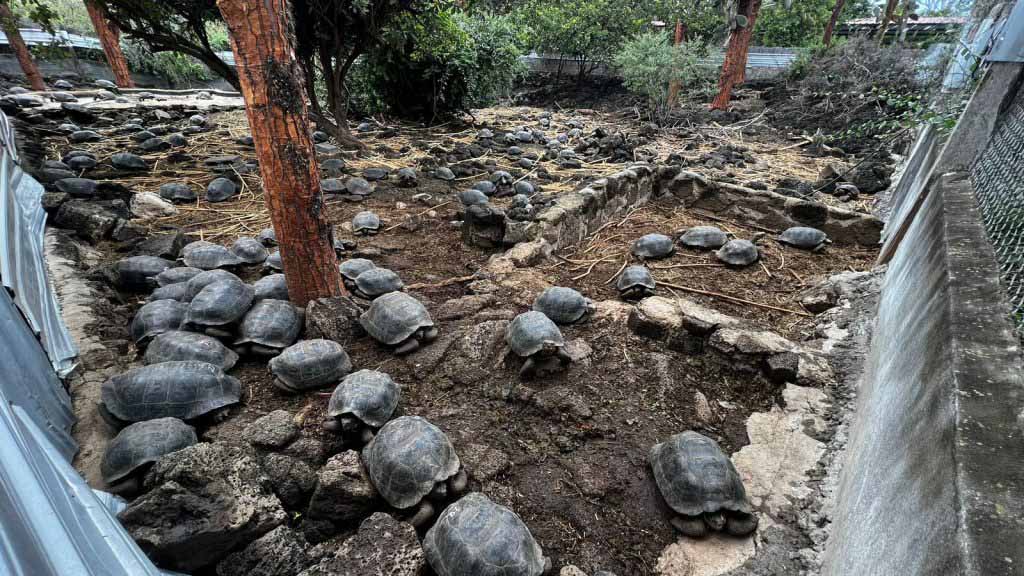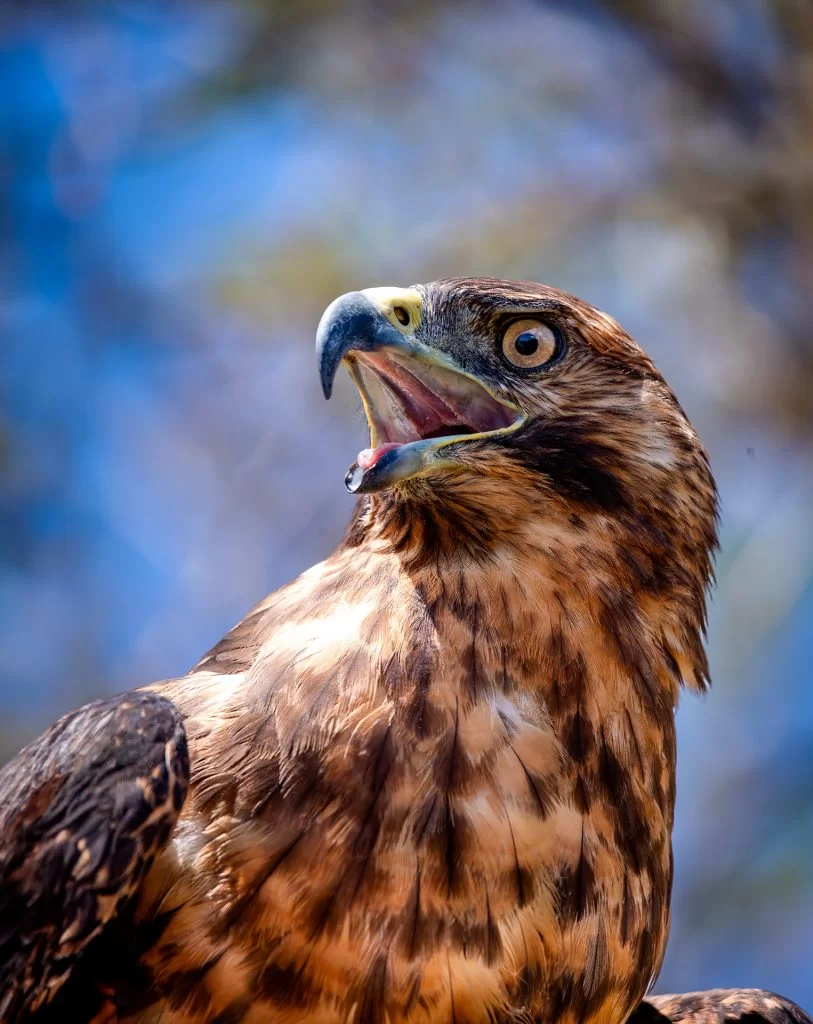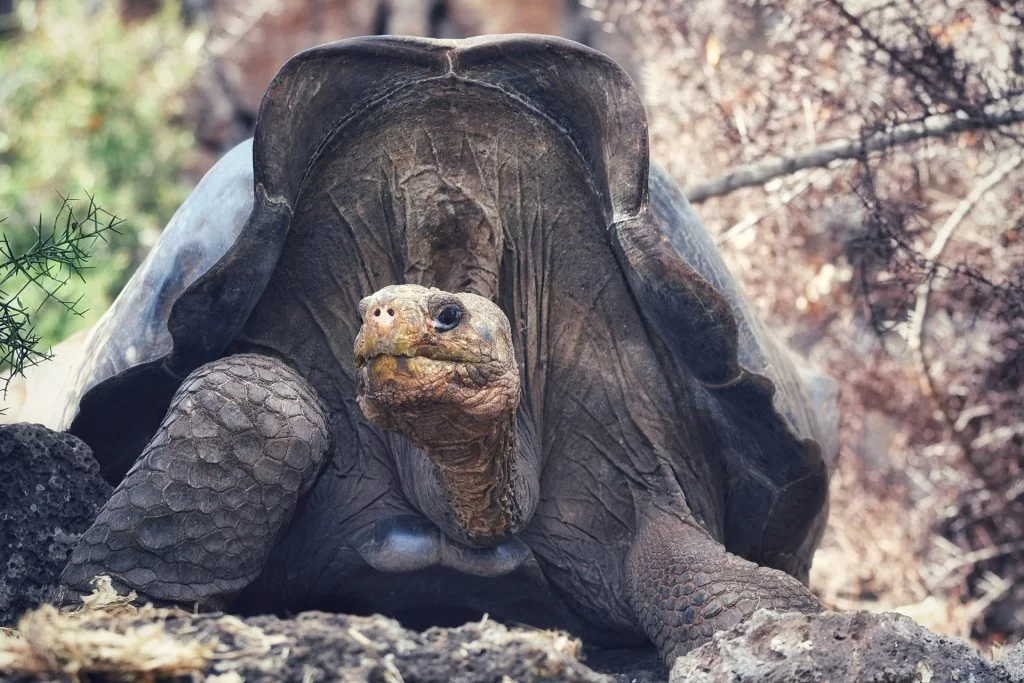Our Director of Conservation Dr. Jorge Carrion said, “We are proud to participate in the effort to restore Floreana Island’s ecosystem.”
The Genetic Mystery of Floreana Tortoises
Since the early 1800s, whalers have been hunting this giant tortoise in Floreana. It has now been declared extinct. Recent research has revealed that individuals on Isabela Island’s Wolf Volcano have genes of the extinct species. This surprising discovery could be explained by the fact that Floreana Tortoises were released in this region or abandoned by whalers.
Between 2015 and 2017 a dozen Wolf Volcano Tortoises, with the help of Galapagos Conservancy were moved for genetic research. This sampling revealed 19 hybrids with genetic descent from the Floreana original species. A breeder program was launched in 2017 with the hope of restoring this species to its native island.
Reintroducing Endemic Species
This project will begin in 2024 and not just focus on tortoises. The project will also introduce 12 other species which have gone extinct in Floreana. These include vegetarian finches and sharp-beaked ground finch, as well as large ground finch, gray warblers large tree finches vermilion flycatchers Galapagos mockingbirds lava gulls barn owls Galapagos Hawks Galapagos Flycatchers and snakes.
Prior to reintroduction of the Floreana Island species, introduced species will be tackled. This includes rodents, cats and other species that pose significant threats. It is vital to the success of this project that these introduced species are eradicated.

Over 300 tortoises, bearing genes from the original species of Floreana Island, are currently under specialized care at the Fausto Llerena Breeding Center in Santa Cruz. This is to ensure their well-being and ready them for reintroduction to Floreana. ©Galápagos Conservancy
A Promising Future for Floreana

This majestic bird, the Galápagos hawk, which disappeared from Floreana Island, will soon be reintroduced.
Its role is vital in the ecosystem, regulating prey populations and maintaining ecological balance. ©Galápagos Conservancy



